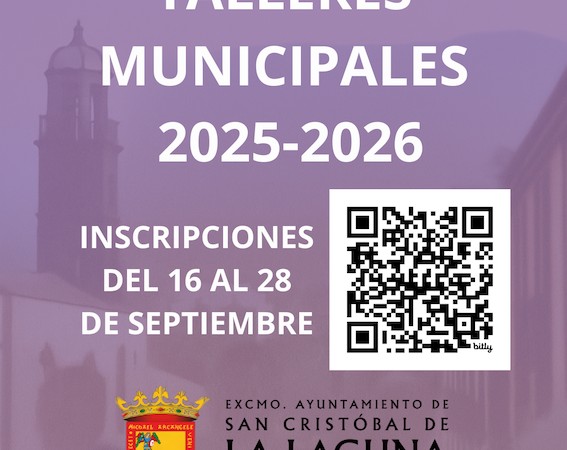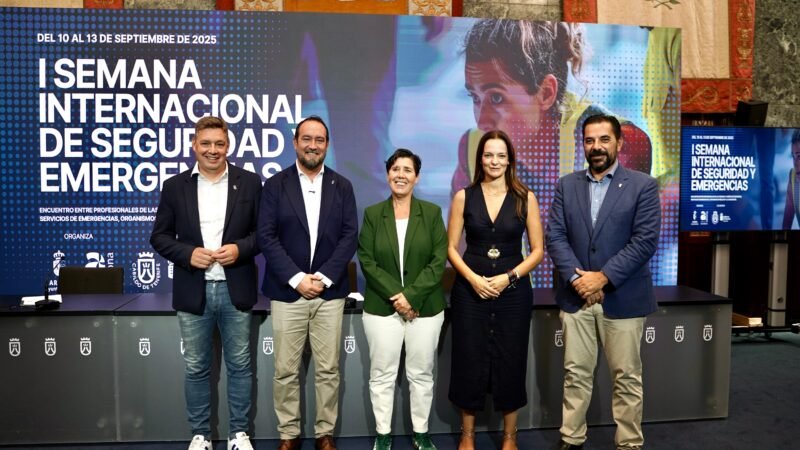El MUNA expone el ‘diablo negro’ avistado en Tenerife.

The Museum of Nature and Archeology of Tenerife (MUNA) has inaugurated a new exhibition area in the field of marine biology starring the ‘black devil’, which was located near the marine surface in the waters of Guía de Isora.
The ‘black devil’ fish arrived at the museum on January 26, thanks to the donation of biologist and collaborator Marc Martín Solá, who found this species in the waters of the island, near the sea surface, one kilometer from the mouth of the Barranco de Erques, between the municipalities of Adeje and Guía de Isora.
Once deposited in the museum, experts identified it confirming that the specimen belongs to the species ‘Melanocetus johnsonii’, commonly known as the black devil.
The Vice President and Tourism Councilor of the Tenerife Island Council, Lope Afonso, who was present on Monday at the MUNA, stated in a press release that «the biodiversity of Tenerife continues to surprise with an abyssal fish that is not usually found in these surface layers, but that has served to highlight that we coexist regularly with unusual species that are very striking.»
With the momentum given by MUNA, he continued, «we give the opportunity to schools and the general community to enjoy a rare specimen, which shows us how amazing our nature is.»
Afonso also added that in this new mandate, they advocate for «democratizing» access to culture in general and «enhancing» the museums of the island that are «reference» at a national level for the quality of their pieces and facilities, citing the aspiration to recover the Erques mummy or this marine species as an example.
The Councilor for Culture and Museums of Tenerife, José Carlos Acha, thanked biologist Marc Martín for this donation «that will contribute to knowing more about the oceans and specifically, about this very uncommon specimen in marine fauna that will enrich the center’s collections.»
INTERNATIONAL INTEREST
In his opinion, this is «a discovery that has attracted the attention of the international scientific community and the general public, which represents a new opportunity to publicize the conservation work of the museum, as well as strengthen the collections.»
Acha recalled that interested parties can enjoy it during the museum’s regular hours, from Monday to Saturday, from 09:00 to 19:00 hours, as well as Sundays and holidays from 10:00 to 17:00 hours. It can also be visited on free entry days — Fridays and Saturdays from 16:00 hours.
Due to the Carnival festivities, the MUNA will close its doors on March 2, 3, 4, and 8, while on Sunday, March 9, the opening will be delayed until 11:00 hours.
There is another known case of an abyssal fish sighting on the surface that is also kept in the Museum of Natural Sciences of Tenerife since it was found in 2017 by Sergio David Hernández, aboard the catamaran BONADEA II.
The fish, already dead, floated in an inverted position, with its belly out of the water and visibly dilated, and something was moving inside its stomach, still alive.
Experts at MUNA identified it as the ‘horned lantern fish’ (Oneirodes eschrichtii), specifically a 21-centimeter-long female that, inside its stomach, had a 36-centimeter-long deep-sea hake (Trachonurus sulcatus).
FUENTE






